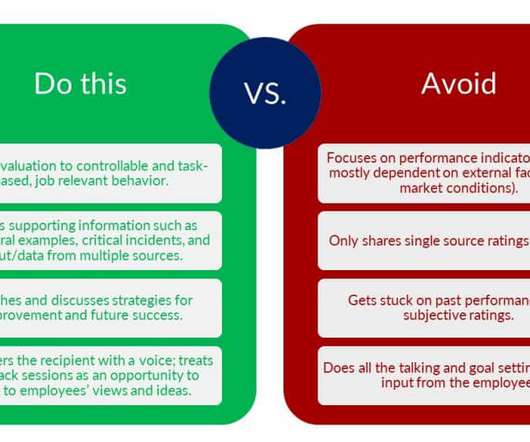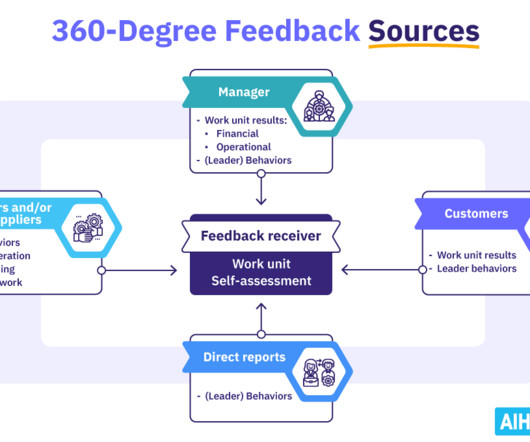Performance Management Not Meeting Expectations? Remember the Goal.
Newmeasures
DECEMBER 19, 2019
Newmeasures clients have recently been asking for ways to evaluate their performance management practices. Such audits are warranted considering organizations with strong performance management processes are 41% more likely to outperform competitors on non-financial measures such as retention and customer satisfaction.

















Let's personalize your content